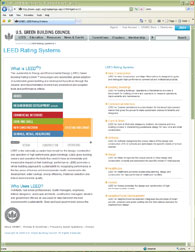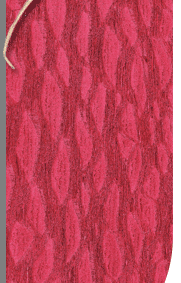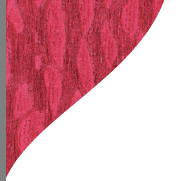 |
Leadership in Energy and Environmental Design (LEED)
The Leadership in Energy and Environmental Design Green Building Rating System™ or LEED encourages and accelerates global adoption of sustainable green building and development practices through the creation and implementation of universally accepted tools and performance criteria.
LEED is a third-party certification program that is the nationally accepted benchmark for the design, construction and operation of high performance green buildings. It gives building owners and operators the tools they need to have an immediate and measurable impact on their buildings’ performance. LEED promotes a whole-building approach to sustainability by recognizing performance in five key areas of human and environmental health.
Professional, private and government officials all use LEED to help transform the built environment to sustainability. Governments across the country are adopting LEED for public-owned and public-funded buildings.
The LEED Rating System Categories
LEED–NC
LEED for New Construction
LEED–NC was developed for application to new construction and major renovation projects. In the first three years since its launch, buildings covering more than 120 million square feet were registered or certified under the system. Projects include office buildings, government centers, schools, universities, healthcare facilities, conference centers and sports arenas.
|
LEED–CI
LEED for Commercial Interiors
LEED-CI offers building owners, tenants, designers and contractors a guideline for creating more efficient, healthier interior spaces that promote comfort and productivity. In addition, LEED-CI works hand-in-hand with LEED for Core & Shell by providing developers with a tool for bringing tenant improvements into alignment with their green building goals.
|
LEED–CS
LEED for Core & Shell
LEED-CS is designed for use by commercial real estate and speculative developers. Created in conjunction with LEED-CI to serve the needs of building owners who lease space to tenants, it addresses only those portions of the buildings that the owner controls and provides incentives to educate tenants about the benefits of green tenant fit out. To recognize the competitive edge green buildings have tin the marketplace, LEED-CS offers developers the ability to pre-certify their intent to LEED-certify so they can credibly market their green buildings to prospective occupants.
|
LEED–H
LEED for Homes
LEED-H is being developed by the USGBC with input from local and national stakeholder groups, and will result in a green buildings standard for single-family and low-rise multifamily residences. It will provide a much needed tool for homebuilders, homeowners and local governments for building environmentally sound, healthy and resource-effective places to live.
|
LEED–EB
LEED for Existing Buildings
LEED-EB serves building owners and service providers by addressing the operations and maintenance phase of the building’s lifecycle, including facility upgrades and performance improvements. Certification and re-certification under the system create an incentive for maintaining optimal performance to drive long-term cost savings and increased occupancy productivity. LEED-EB’s two-year pilot program involved 51 building owners who control more than 400 million square feet nationally. |
|




